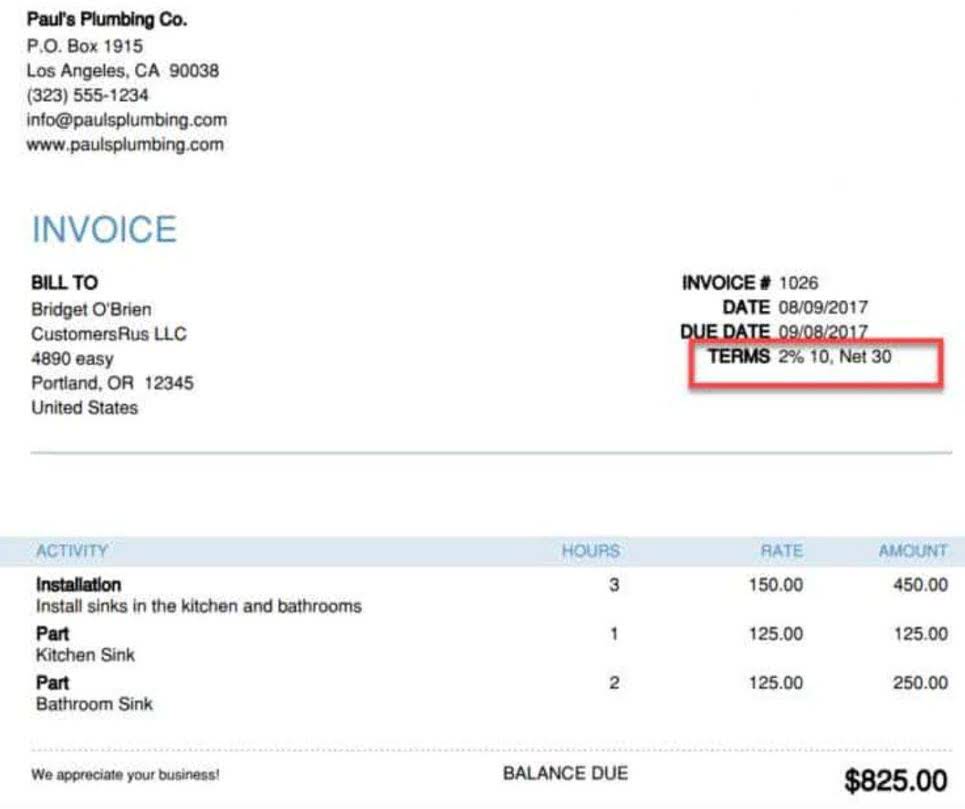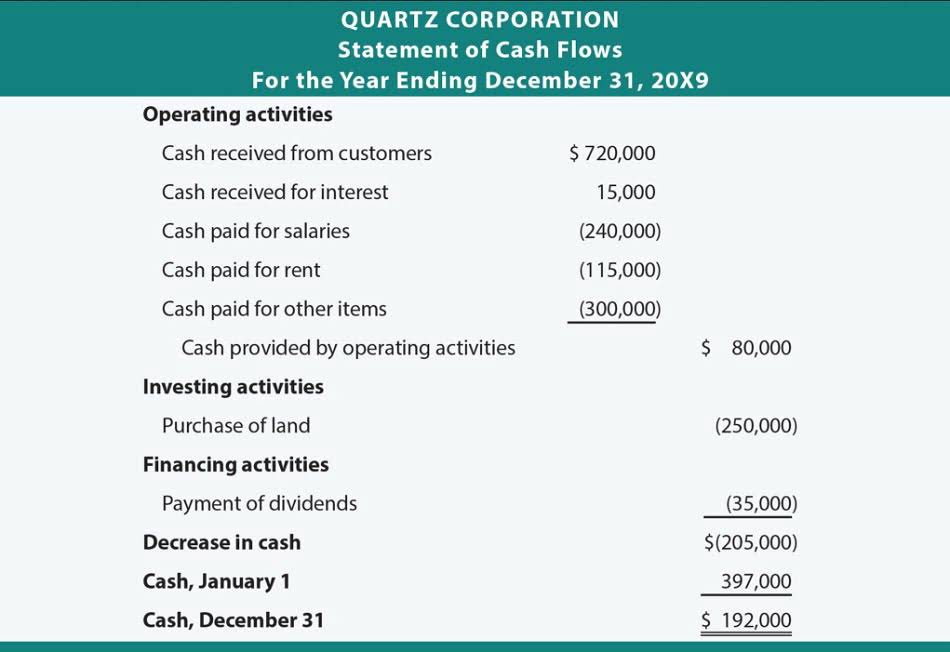
If you total up the value of all the shares you own, that’s your total stock in the company. If you own a partnership with someone, you probably agreed to split the owner’s equity with one or more of the partners in percentage terms. You might own a 70% stake in the company while your partner owns 30%, for example.

What Happens When There Is Not Enough Cash Flow or Assets On Hand to Cover Liabilities?

These equity ownership benefits promote shareholders’ ongoing interest in the company. Total equity is a key component of the balance sheet, Bookkeeping for Chiropractors appearing under the “Equity” section. No, total equity can be negative if a company’s liabilities exceed its assets. This situation, often called “negative equity,” may indicate financial trouble.
What Can Shareholder Equity Tell You?
Thus, shareholder equity is equal to a company’s total assets minus its total liabilities. Total equity includes common stock, preferred stock, paid-in capital, and retained earnings. Therefore, total equity can also be thought of as a company’s net assets, i.e., the value of the company’s assets after all debts and other obligations have been paid.

Equity Meaning: How It Works and How to Calculate It
In simpler terms, it’s the value left for shareholders if a company paid off all its debts. To determine total assets for this equity formula, you need to add long-term assets as well as the current assets. Financial equity represents the ownership interest in a company’s assets after deducting liabilities. It reflects the value that belongs to the shareholders or owners of the business. Equity can also refer to other items like brand equity or other non-financial concepts. For instance, in looking at a company, an investor might use shareholders’ equity as a benchmark for determining whether a particular purchase price is expensive.

Let us take the annual report of Apple Inc. for the period ended on September 29, 2018. As per the publicly released financial data, total equity formula the following information is available. Total equity effectively represents how much a company would have left over in assets if the company went out of business immediately.
- Thus, shareholder equity is equal to a company’s total assets minus its total liabilities.
- Equity, also referred to as stockholders’ or shareholders’ equity, is the corporation’s owners’ residual claim on assets after debts have been paid.
- Some companies will still issue paper certificates if you ask them for one, but most stock today is handled digitally.
- Shareholders’ equity is, therefore, essentially the net worth of a corporation.
- It is the amount received by the shareholders if we liquidate all the company assets and repay all the debt.
- For example, the equity of a company with $1 million in assets and $500,000 in liabilities is $500,000 ($1,000,000 – $500,000).
Ask Any Financial Question

In practice, most companies do not list every single asset and liability of the business on their balance sheet. This is an account on a company’s balance sheet that consists of the cumulative amount of retained earnings, contributed capital, and occasionally other comprehensive income. Equity is a crucial metric for evaluating a company’s health, providing insight into its financial stability, operational efficiency, and risk level.
How to Calculate Total Equity?
Let us consider an example to compute the total equity for a company called ABC Limited. It is in the business of manufacturing customized roller skates for both professional and amateur skaters. As per the balance sheet of ABC Limited for the financial year ended on March 31, 20XX, the total assets are $750,000, and the total liabilities are $450,000. Many investors view companies with negative shareholder equity as risky or unsafe investments.
- Therefore, total equity can also be thought of as a company’s net assets, i.e., the value of the company’s assets after all debts and other obligations have been paid.
- The stockholders’ equity, also known as shareholders’ equity, represents the residual amount that the business owners would receive after all the assets are liquidated and all the debts are paid.
- In this case, it’s just the value of all your assets (cash, equipment, etc.) minus all your liabilities .
- If a business has more liabilities than assets or does not have enough stockholders’ equity to cover its debt, then it will need to turn to outside sources of capital.
Formula to Calculate Total Equity of a Company
- Shareholders’ equity includes preferred stock, common stock, retained earnings, and accumulated other comprehensive income.
- Total equity is one of the two main sources of long-term capital for an entity, the other being long-term debt.
- Let us consider another example of a company SDF Ltd to compute the stockholder’s equity.
- All the information required to compute company or shareholders’ equity is available on a company’s balance sheet.
- Shareholders of a company are typically interested in the company’s shareholder’s equity, which is represented by their shares.
Typically, investors view companies with negative shareholder equity as risky or unsafe investments. Shareholder equity alone is not a definitive indicator of a company’s financial health; used in conjunction with other tools and metrics, the investor can accurately analyze the health of an organization. Shareholders’ equity recording transactions represents the net worth of a company—the dollar amount that would be returned to shareholders if a company’s total assets were liquidated and all its debts were repaid. This financial metric is typically listed on a company’s balance sheet and is commonly used by analysts to determine the company’s overall fiscal health. For Target, total equity is calculated by subtracting its total liabilities (like accounts payable, accrued expenses, and long-term debt) from its total assets (like cash, inventory, and property).